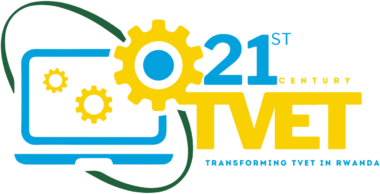Design Thinking
Design Thinking is an innovative, creative and human-centered process and mindset that employs collaborative multidisciplinary teams in order to generate user-focused products, services or experiences. In education, design thinking is defined as an approach that encompasses active problem solving, creative thinking and multidisciplinary works that has the potential to foster change and innovation. Educators who have applied design thinking in education argued that it promotes innovation, problem solving, creativity and collaboration (Lor, 2021).
Design Thinking was founded from the designers’ way of thinking, from their mindset and approach to work, way of knowing and their processes. It is founded on the ability combine empathy for the people who is having a problem and their context, creativity in generating ideas in collaboration with others, creating prototype of these ideas and testing them in a real context.

Both approaches have the same underlying principles (situated, social and constructivist learning) and similar steps but different tools for each step. The partnership has, with intention, selected them because as they are similar, participants will go through two processes of problem solving and creative thinking (the development of knowledge and competences are higher when learners make several consecutives experiences), but each process has a different purpose and uses different tools. In the case of the CTL it is focused on working with real local problems, while in the case of design thinking focuses on concrete problems that do not necessarily involve the community.

